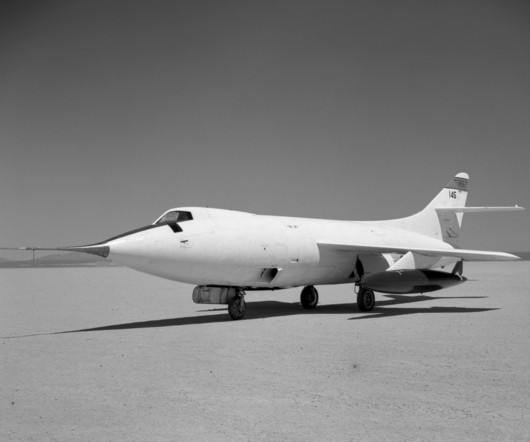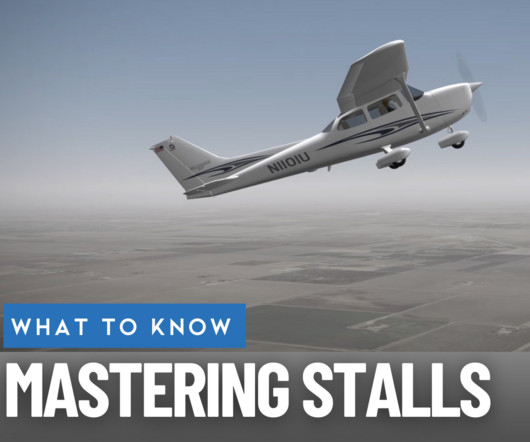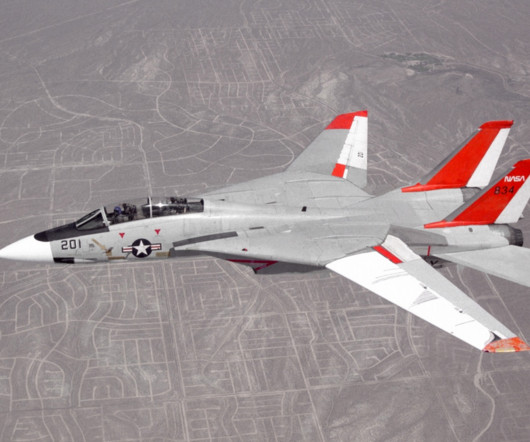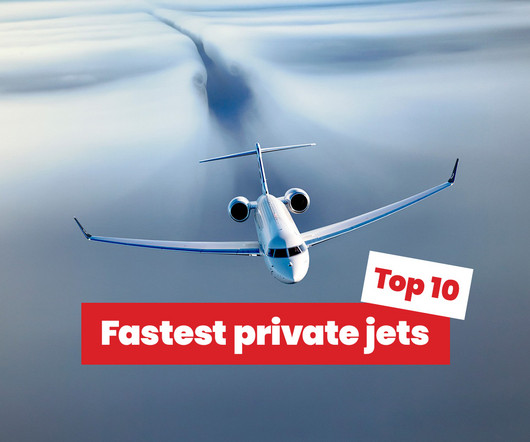Flight Test Files: The Douglas D-558-2 Skyrocket – Chasing Mach 2
Vintage Aviation News
APRIL 11, 2025
They flew a total of 313 missions, collecting invaluable data on pitch stability, lift, drag, and buffeting in transonic and supersonic flight. Crossfield flew the Skyrocket 20 times, collecting critical data on longitudinal and lateral stability. Both aircraft display early examples of swept-wing airfoils. In 1953, U.S.














Let's personalize your content